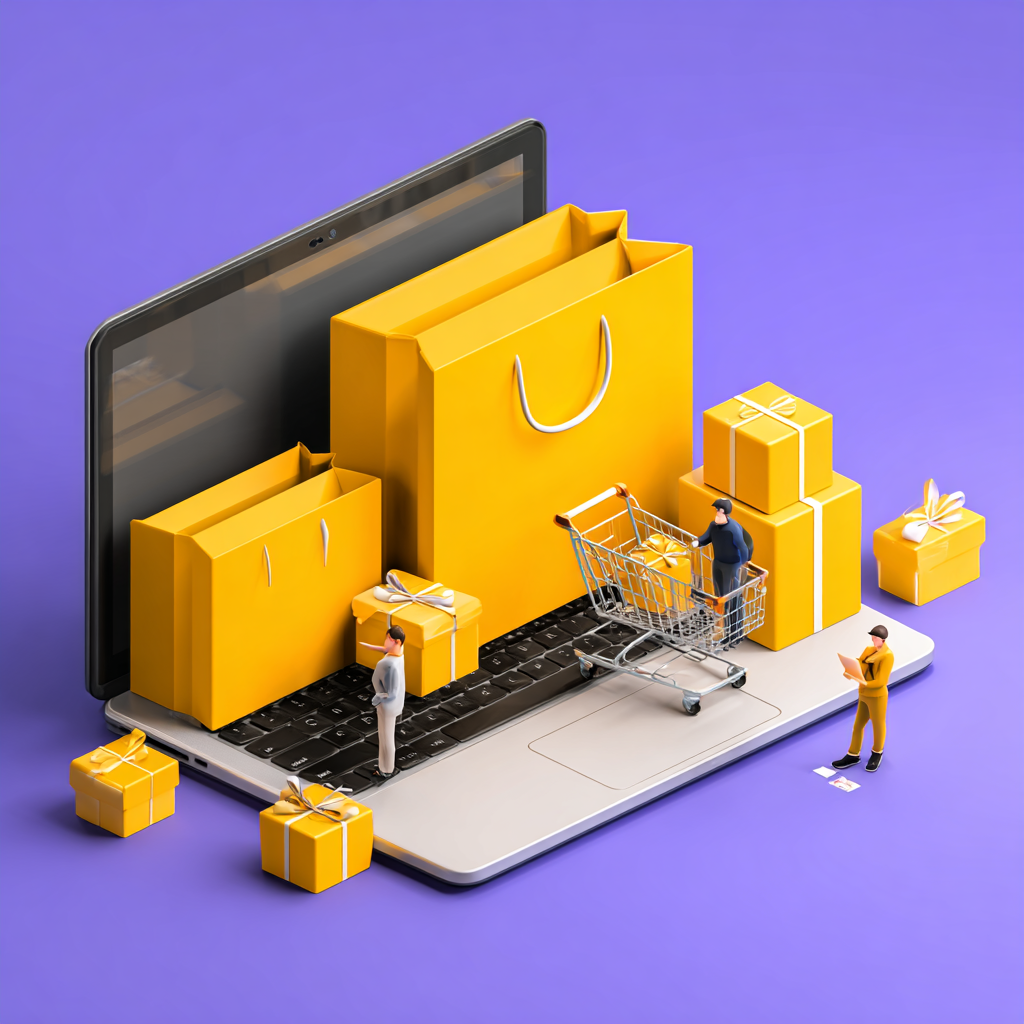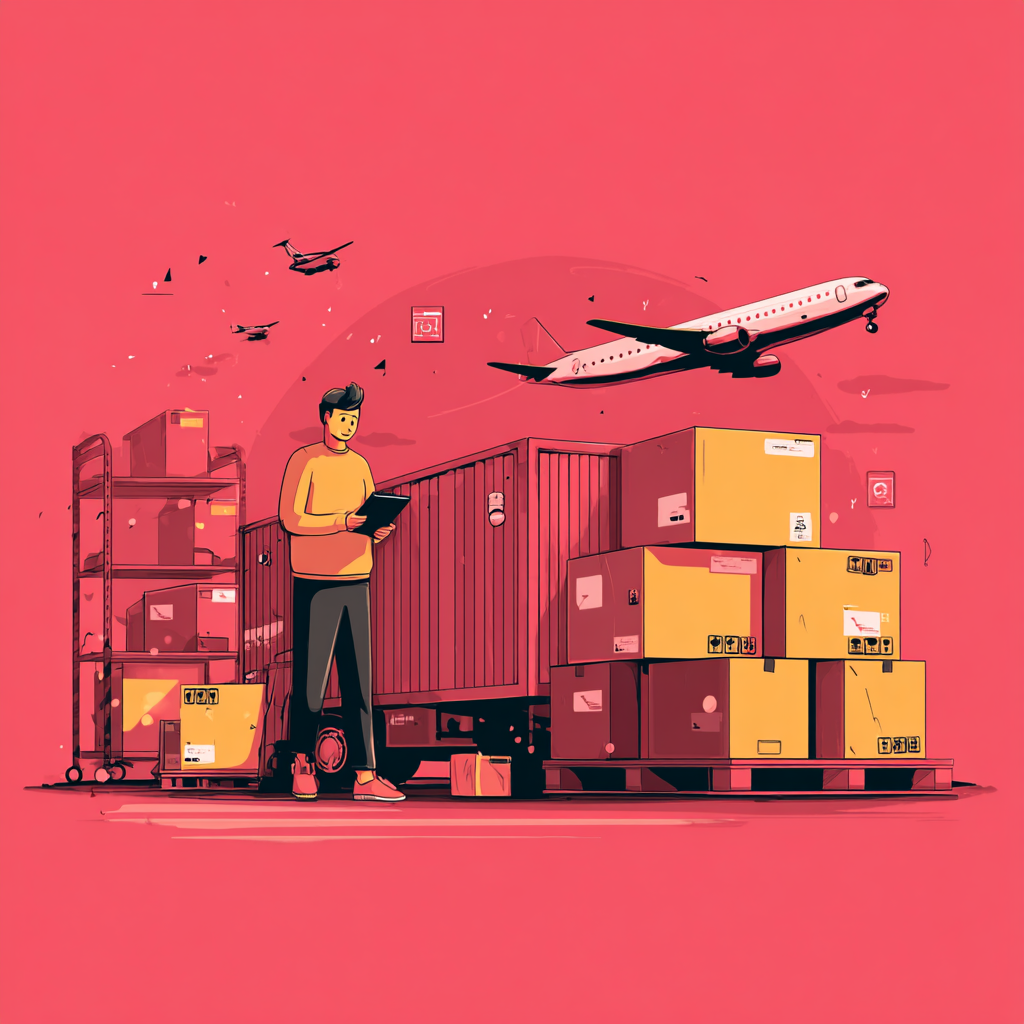
When it comes to app success, your pricing strategy can make or break user adoption.
It’s not just about what your app costs—it’s about how users perceive the value you’re offering. Welcome to pricing psychology—the art and science of setting prices that not only make sense… but feel right.
Whether you’re selling a premium app, offering in-app purchases, or rolling out SaaS subscriptions, here’s how to leverage psychological pricing tactics to increase conversions and long-term revenue.
🧠 1. The Power of Perceived Value
Users don’t buy features—they buy outcomes.
Pricing should always reflect what your user feels they’re getting, not what you think it’s worth. To boost perceived value:
- Emphasize time-saving, income-boosting, or life-improving results
- Use social proof, testimonials, and stats
- Focus on emotional benefits (e.g., confidence, freedom, peace of mind)
Example:
A time-tracking app shouldn’t just highlight its stopwatch. It should emphasize “Track more. Bill more. Earn more.”
💸 2. Charm Pricing (a.k.a. $0.99 Magic)
The classic “just-below” pricing technique (e.g., $4.99 instead of $5) still works because:
- Consumers see the leftmost digit first
- It makes the price feel significantly lower than it is
Best For:
In-app purchases, one-time payments, and low-tier subscriptions.
Bonus Tip:
Try A/B testing round numbers like $5.00 vs $4.99. In some luxury or B2B contexts, whole numbers perform better by signaling quality.
📊 3. Price Anchoring
Anchoring means showing a high-value option first so your target price seems like a good deal in comparison.
Example:
| Plan | Features | Price |
| Premium+ | All features, priority support | $49/mo |
| Pro | Most features | $19/mo ↠Best seller |
| Basic | Limited features | Free |
The $49 plan makes $19/mo look affordable—even if $19 seemed steep before.
Use it for:
Subscription tiers, upgrade pages, SaaS plans, and upsell prompts.
⏰ 4. The Free Trial Effect
Offering a 7- or 14-day free trial lowers resistance and builds habit loops. By the time the trial ends, the user is invested—and more likely to convert.
Psychological bonus:
You’re not selling—you’re letting them try it risk-free.
Tips:
- Require credit card info only if you’re confident in your onboarding
- Use in-app progress tracking to nudge users during the trial
- Remind users of upcoming billing with a positive tone (“You’re about to unlock full access!”)
🧮 5. The Decoy Effect
Presenting three options—one of which exists only to make another look better—nudges users toward your target price point.
Example:
| Option A | $9/mo | 2 features |
| Option B | $19/mo | 5 features |
| Option C | $18/mo | 3 features ← Makes B look like a steal
Users gravitate toward the plan that offers more for just a little more money.
🧠 6. Scarcity & Urgency
Limited-time pricing, countdowns, or early bird offers trigger FOMO (Fear of Missing Out).
Examples:
- “Only 100 discounted seats left!”
- “Lock in this lifetime deal before July 31”
- “Pricing goes up in 3 days…”
Warning: Use scarcity authentically. False urgency ruins trust.
🧮 7. Subscription vs. One-Time Pricing
Subscriptions generate recurring revenue—but can create friction if users don’t see ongoing value.
One-time pricing is great for:
- Simpler utility apps
- Niche tools
- Markets that resist subscriptions
Psych Tip: If you offer both, frame the subscription as lower-risk (“Try it monthly, cancel anytime”) and the one-time purchase as long-term value (“Pay once, own forever”).
🎯 Bonus: Pricing Tips Based on App Type
| App Type | Suggested Model | Notes |
| Productivity tools | Freemium + Subscription | Users expect ongoing utility |
| Games | Free + IAP/Ads | Fun-first, frictionless entry |
| Fitness/Wellness | Subscription + Free Trial | Value grows over time |
| B2B/SaaS tools | Tiered pricing + Anchoring | Use 3-plan layout, highlight ROI |
| White-label/resell apps | Licensing + Setup Fee |
✨ Final Thoughts
App pricing isn’t just about numbers—it’s about behavior, emotion, and perception.
When you understand how users feel about your price (not just what they pay), you unlock smarter strategies that lead to higher conversions, better retention, and long-term success.
RELATED POSTS
View all


